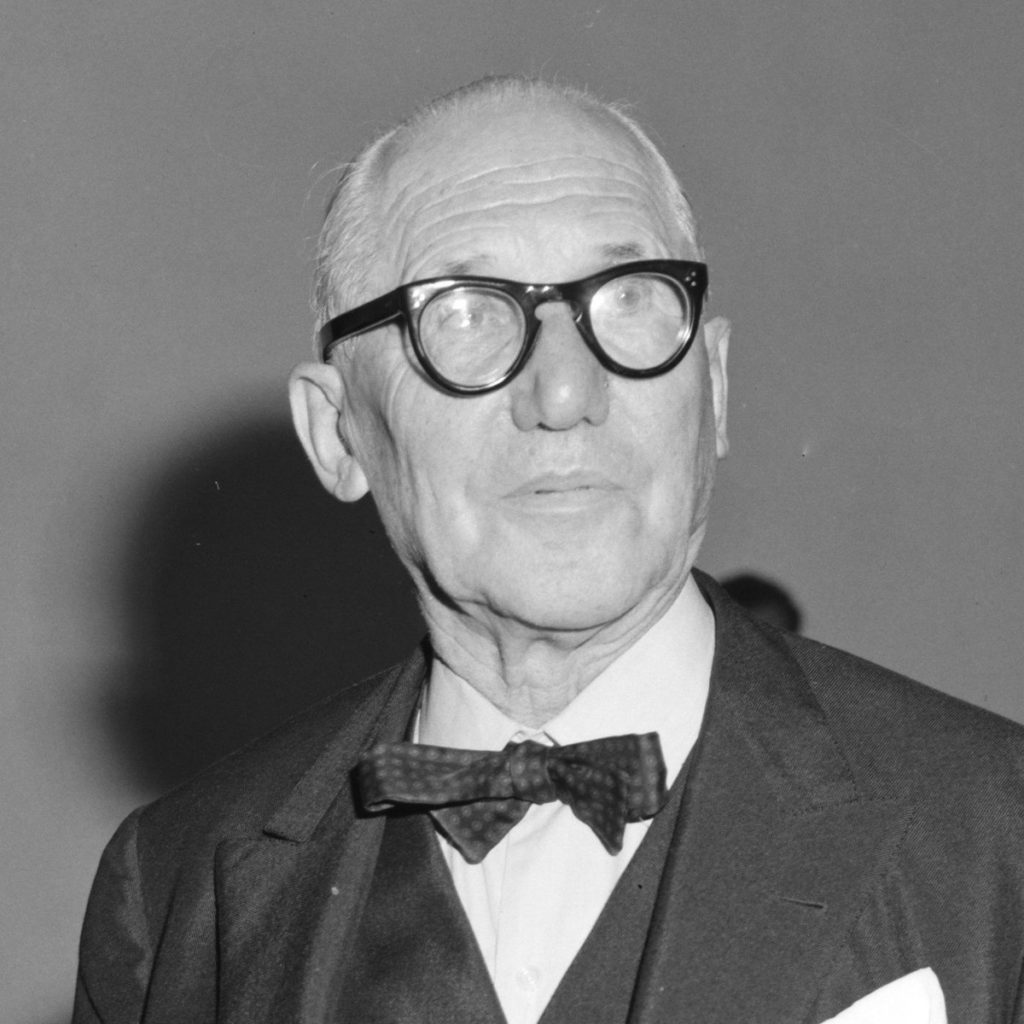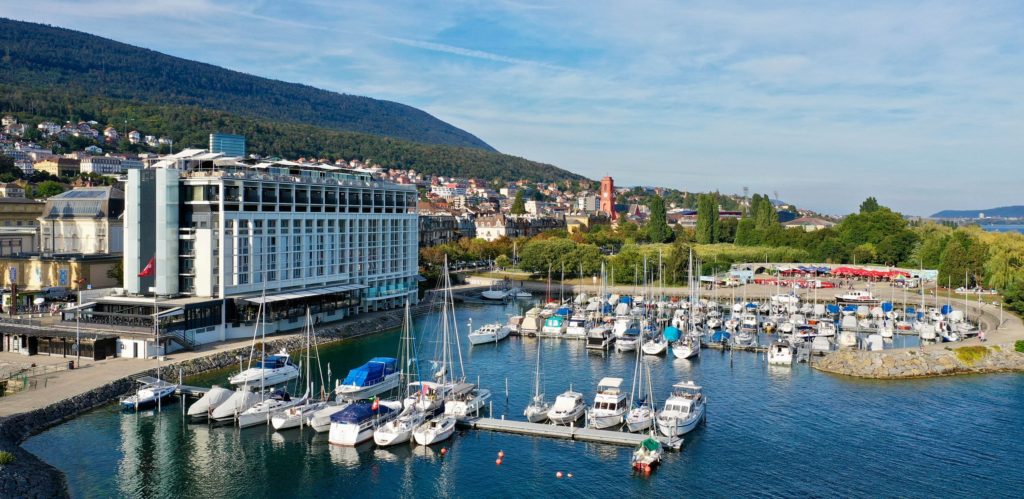The Republican Canton of Neuchâtel is one of the 26 cantons of Switzerland, which are the federated states that make up the confederation. Neuchâtel is primarily a French-speaking region, but with a substantial German-speaking population, as well as Italians and a variety of other smaller ethnic groups. With just 800 square kilometers of space and about 180,000 inhabitants, it is a small but densely populated state located on the country’s border with France. This state is known for its wines, excellent cheeses, horse breeding, and watchmaking, so it has all the ingredients of an exciting location to discover.
The Beaulac Hotel invites you to discover 6 facts you probably didn’t know about the city of Neuchâtel. Happy reading, everyone!
Looking for a hotel to stay in Neuchâtel? Book a room at the Beaulac Hotel Neuchâtel right here.
Neuchâtel's long and complicated history

Neuchâtel, as a political entity, has existed since at least 1032 AD when it was first mentioned in a document.
It has a long, complicated history, so much so that at one point, Frederick I of Prussia became the ruler of the principality based on a difficult relationship with the House of Orange and Nassau. Frederick and his successors ruled Neuchâtel in personal union with Prussia until 1798 when Napoleon Bonaparte deposed the Prussian rulers.
When Napoleon was defeated, the Principality briefly returned to the House of Hohenthaler, during which it joined the Swiss Confederation as a full member.
This was the first and only time a Principality joined the Confederation, rather than a Republic, but this too quickly changed. By 1848, a peaceful revolution once again deposed the monarchy and established a republic. The capital of the canton is the city that gave it its name, Neuchâtel.
140 fountains in Neuchâtel
Also known as Neuenburg, meaning New Castle, the city is a charming urban center, known primarily for its watchmaking industry. The old town is one of the most attractive in Switzerland.
The buildings, as well as some of the 140 street fountains, date from the 16th to the 19th centuries and are marvelous to behold. Countless churches, museums, and art galleries dot the landscape, earning the city its reputation as the cultural center of the canton.

Close to Siberia
La Brévine is a small village located at an altitude of 1043 meters. At first glance, there’s nothing exceptional about this place until you look at the weather data.
Only then will you notice that La Brévine is actually the coldest place in Switzerland. The village’s microclimate is often much colder than other nearby locations.
And in 1987, on January 12th, it reached an absolute record of -41.8 degrees Celsius, the coldest ever recorded in Switzerland.
On average, it rains and snows nearly half of the year there. Even in mid-summer, temperatures rarely exceed 21 degrees.

Neuchâtel & Le Corbusier
La Chaux-de-Fonds, along with the nearby city of Les Locs, constitutes a wonderful UNESCO World Heritage Site.
Due to the high altitude and poor soil, the region is unsuitable for farming, so the people here have based their economy on watchmaking for centuries. In fact, since it was rebuilt after a fire in the 19th century, both towns owe their survival to the manufacturing and export of watches. And as a side note, La Chaux-de-Fonds is also the birthplace of Charles-Édouard Jeanneret, known as Le Corbusier, considered to be the pioneer of modern architecture. Our rooms are inspired by Le Corbusier, by the way! Check out our rooms and suites here.
Absinthe
One of the most famous alcoholic drinks in the world is Absinthe, and it originates from the Val-de-Travers in Neuchâtel. Concocted in 1792 as an all-purpose medicinal drink, it quickly rose to great popularity as an alcoholic beverage in the late 19th and early 20th century.
Absinthe has often been portrayed as a dangerously addictive psychoactive drug and hallucinogen. By 1915, Absinthe had been banned in the United States and much of Europe, yet it had not been demonstrated to be any more dangerous than ordinary spirits.
However, recent studies have shown that Absinthe’s psychoactive properties have been greatly exaggerated, apart from that of the alcohol. Thus, this alcoholic beverage has made a great comeback worldwide, and Neuchâtel is at the forefront of this revival.
The La Tène culture
Neuchâtel was once at the center of a vast cultural group, the La Tène culture. This was a European Iron Age Celtic nation that thrived from 450 BC until the Roman conquest in the 1st century BC.
Its territorial extent corresponded to what is now France, Belgium, Switzerland, Austria, Southern Germany, the Czech Republic, Northern Italy, Slovenia, and Hungary, as well as adjacent parts of the Netherlands, Slovakia, Croatia, Transylvania in Western Romania, and Transcarpathia in Western Ukraine. Its name comes from the town of La Tène on the north side of Lake Neuchâtel, where thousands of objects were deposited in the lake, as was discovered after the water level dropped in 1857.
What you should remember
Neuchâtel is a canton rich in history and culture. The Canton of Neuchâtel perfectly illustrates Swiss diversity and innovation. As the birthplace of modern watchmaking and the origin of absinthe, this French-speaking canton has a complex past and a unique ability to blend tradition and modernity. Its landscape, marked by historically rich cities and villages with surprising climates, as you could read with La Brévine for example, continues to attract the curious from around the world. Neuchâtel is a cultural and historical crossroads and embodies the spirit of innovation and the cultural richness of Switzerland to perfection.
Want to discover Neuchâtel for yourself? Stay at the Beaulac Hotel and uncover all the city’s secrets with your own eyes!






